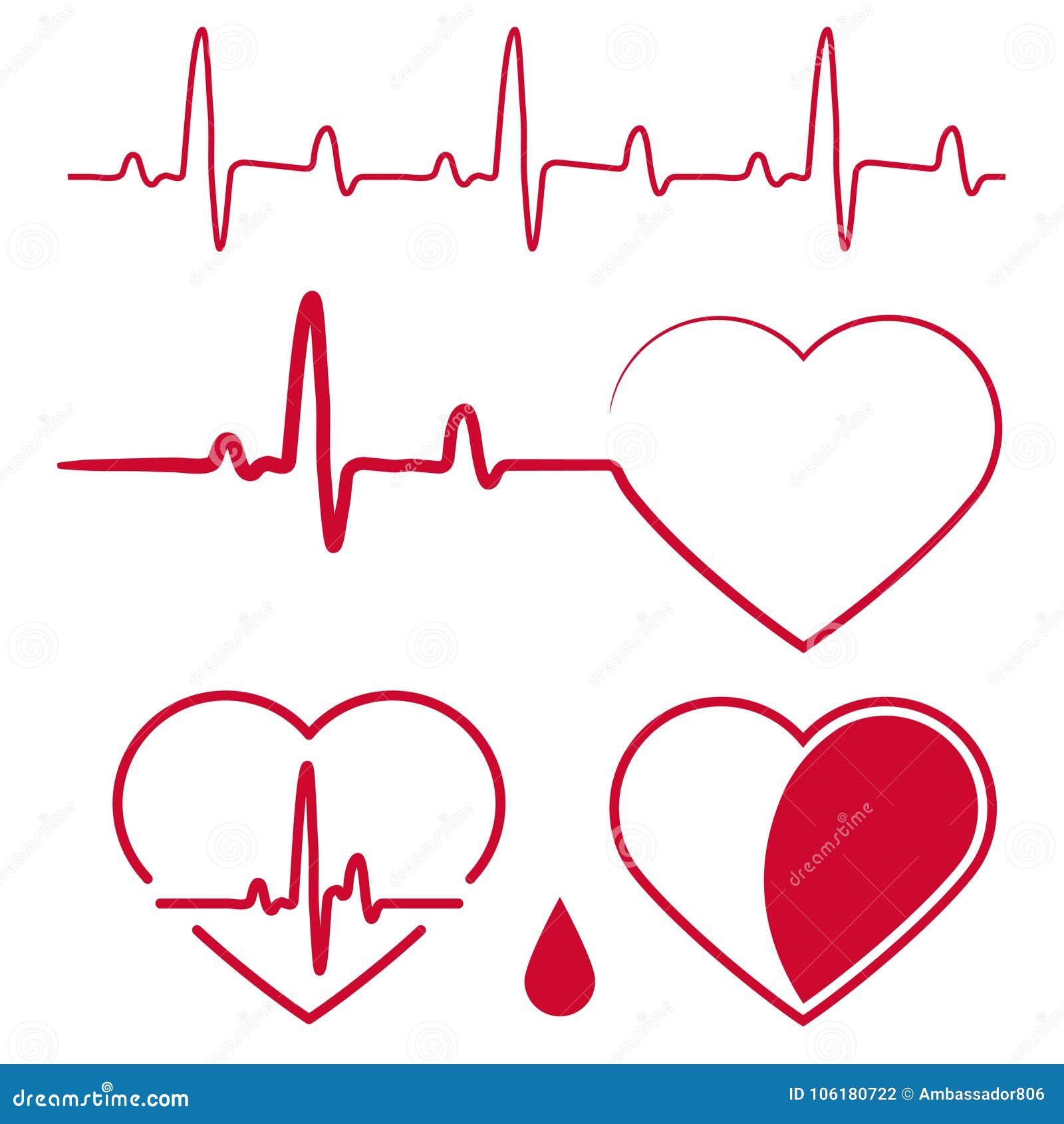

The CT scanner is a large, tunnel-like machine that has a table. You may feel some discomfort from the needle or, after the contrast dye is injected, you may feel a warm flush briefly throughout your body or have a temporary metallic taste in your mouth. This contrast dye highlights your blood vessels and creates clearer pictures. Before the test, a healthcare provider will inject a contrast dye, often iodine-based, into a vein in your arm. However, it can take more than an hour to prepare for the scan, including time to take medicines such as beta blockers to slow your heart rate or nitroglycerin to help dilate your arteries. The scan itself usually takes only about 15 minutes. You may go to a medical imaging facility or a hospital for a cardiac CT scan. This test may also be used to check the results of coronary artery bypass grafting or to follow up on abnormal findings from earlier chest X-rays. This imaging test can help doctors find heart diseases or problems with the heart or blood vessels supplying blood to the heart or the rest of the body.

Computers can combine these pictures to create a three-dimensional (3D) model of your whole heart. Cardiac CT scanĪ cardiac computed tomography (CT) scan, also called a "CAT scan,” is a painless, non-invasive imaging test that uses X-rays to take many detailed pictures of your heart and its blood vessels. Heart imaging tests take pictures of your heart or its arteries or blood vessels to help your doctor see whether there are any problems. Patricia Bandettini, MD, NHLBI Division of Intramural Research This allows medical providers to see a clear, more accurate visual of the heart’s functionality, as well as diagnose and treat patients at a faster rate.Ĭlick here to learn more about our new Cardiac Evaluation Center.Image of cardiac MRI courtesy of W. Since those who usually need a heart scan typically have irregular heart rates, the CardioGraphe scan is designed to capture a photo of a singular heartbeat, while still collecting the full 3D image. Traditional CT scans typically combine a series of x‑rays to produce a 3D image whereas the CardioGraphe takes a complete photo in a single 0.24 second rotation. This scan is faster at producing 3D results compared to traditional CTs and uses lower dose radiation. This information is essential in helping medical providers make thorough diagnoses and create personalized treatment plans.ĬardioGraphe is a CT scan that was designed specifically for cardiovascular diagnoses. A CT scan shed light on the heart’s health, providing a clear picture of the coronary arteries, heart muscle, pericardium, pulmonary veins and thoracic and abdominal aorta. CardioGraphe TM CT ScanĬT scans are designed to diagnose many diseases and injuries to various parts of the body, including the heart. Find out how the CardioGraphe CT scan, used at our Cardiac Evaluation Center, is a game changer in diagnosing various heart conditions. A computed tomography (CT) scan is often used to detect underlying problems that cause symptoms such as chest pain, shortness of breath, indigestion or heart palpitations. As heart disease continues to be the leading cause of death in the United States, seeking medical attention early for any possible heart-related symptoms is critical.


 0 kommentar(er)
0 kommentar(er)
